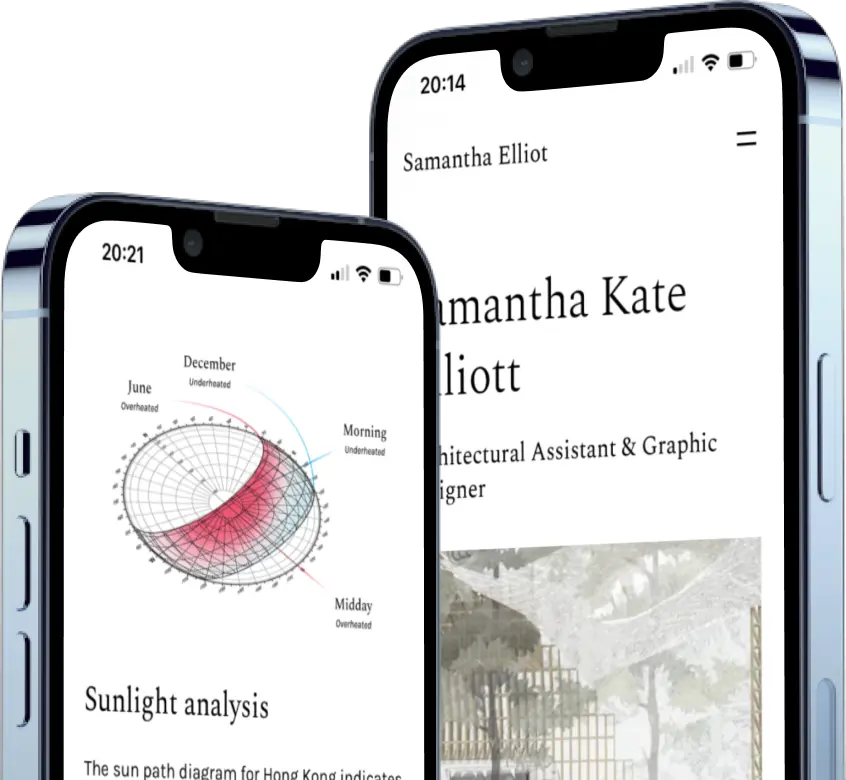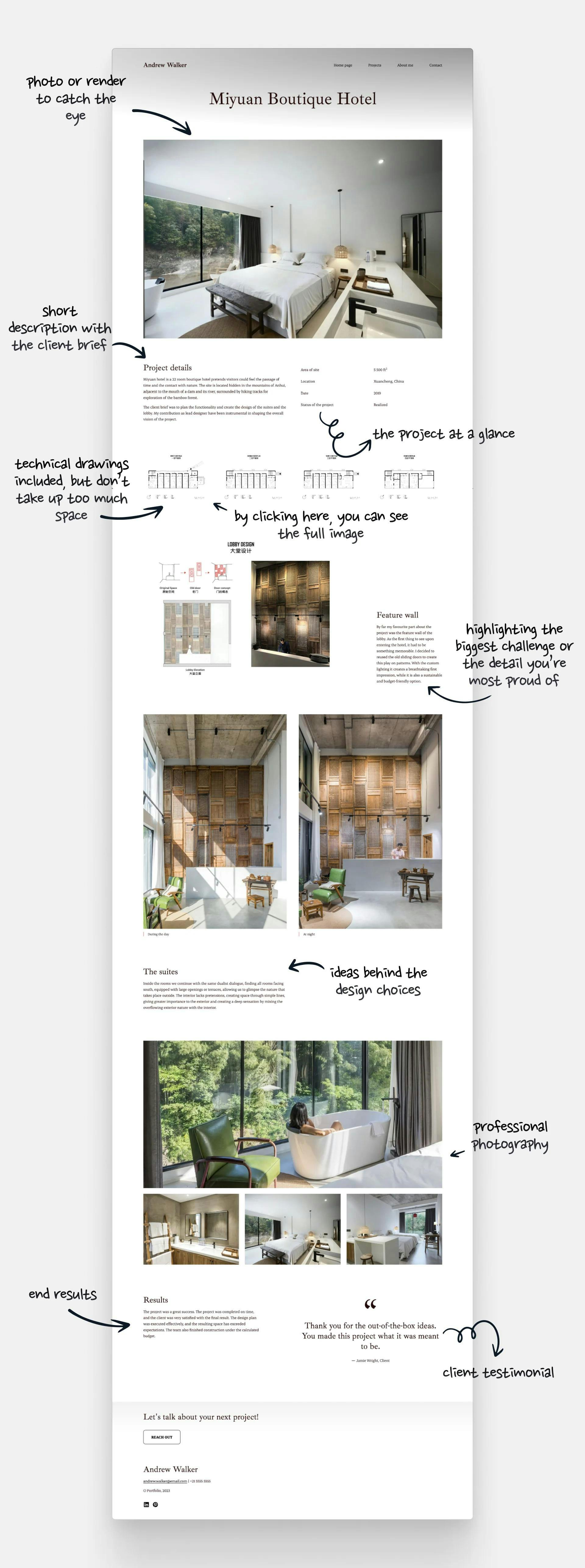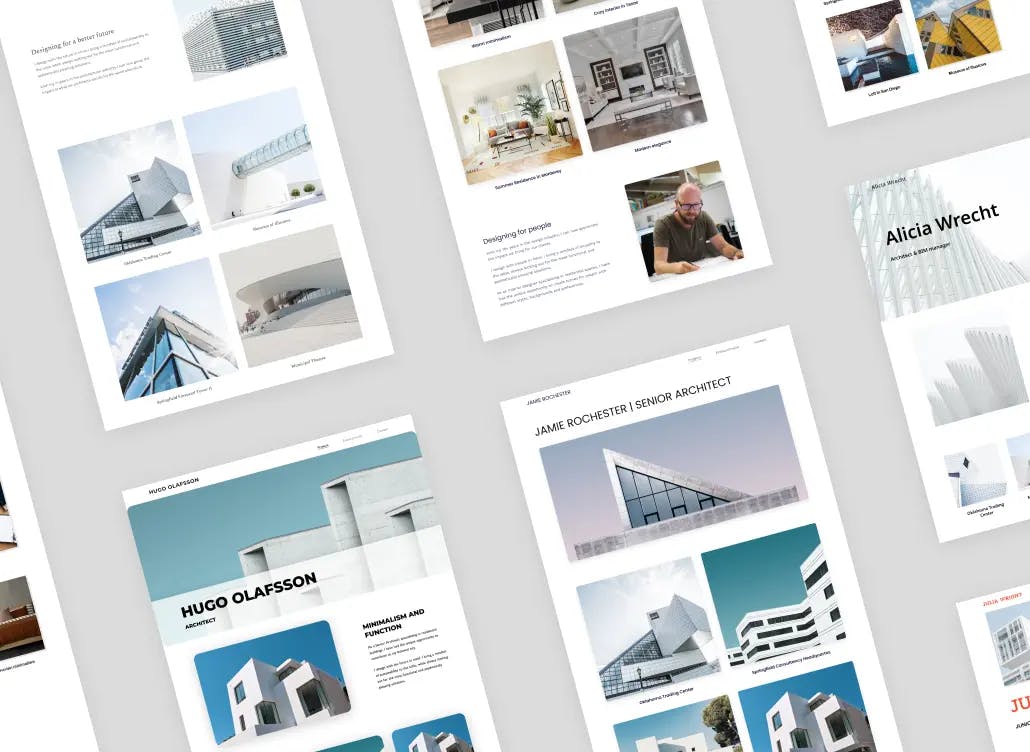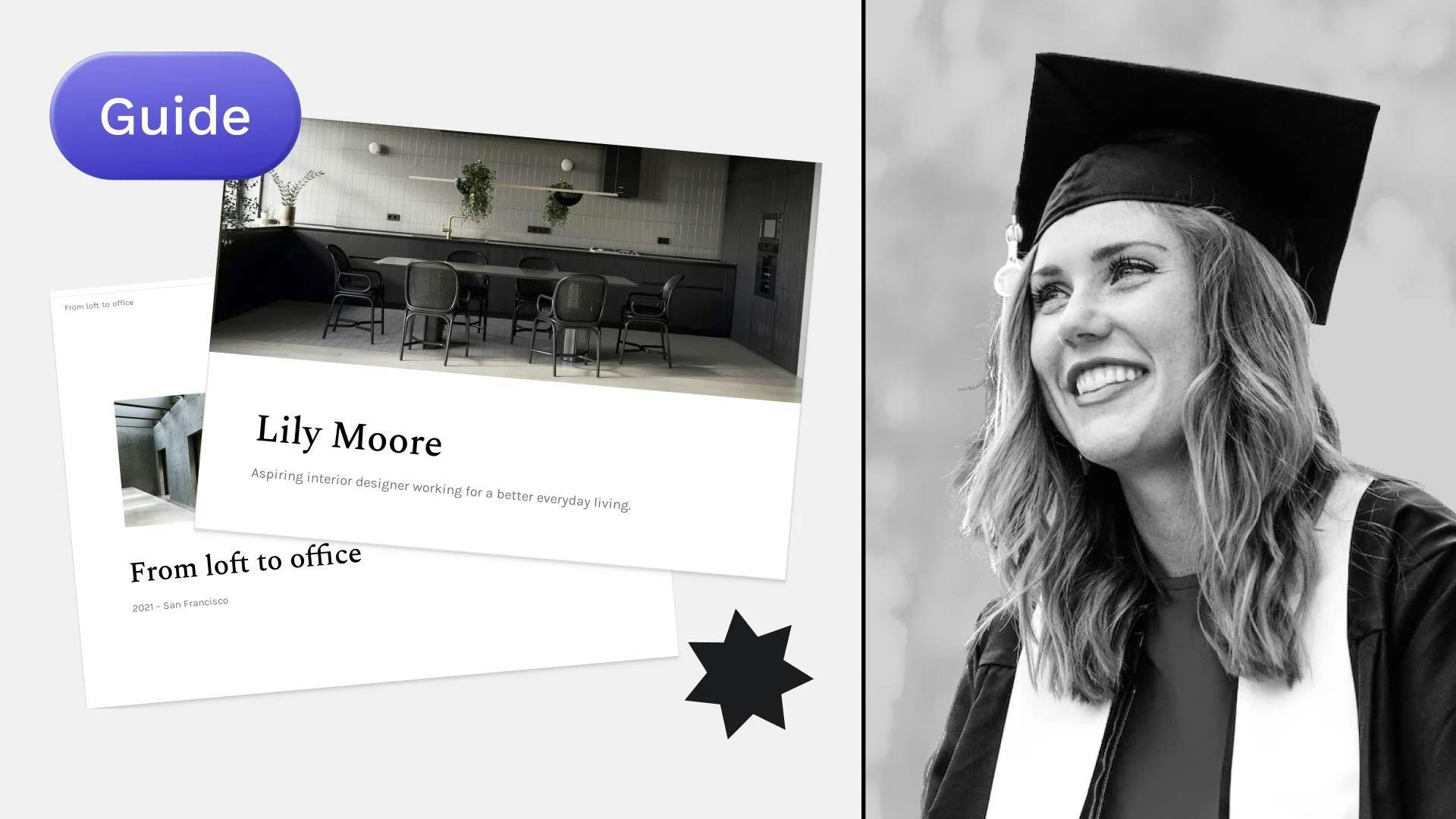
Creativity, attention to detail, and effective communication are crucial for an interior designer, but running a successful business requires a hell of a lot more. In this article, we'll break down the five must-have interior design skills you need as a freelancer.
Knowing your niche
You might think that there’s a certain point in your career where you’ll be ready. You’ll always feel confident about every design decision, and you’ll know how to handle even the toughest of clients. Then, you’ll be ready to find your niche and specialize in one area of interior design that excites you.
But in reality, it’s not how it works. You’ll never hit one exact point where you’ll be completely ready to take the next step. However, being a successful freelance interior designer requires you to have a unique expertise or niche.
Start thinking about your niche, your specialization, and your style as early as possible. It can be anything that you’re passionate about, from a certain project type to a design style or an approach, such as sustainable design, smart home integration, or biophilic design.
Once you have an idea of what you’d like to specialize in, you can take conscious steps in your career to further develop your chosen interior design skill. You can find specific workshops and courses, and in some cases, you can even choose projects that revolve around your topic of interest.
Practice leads to experience, experience leads to expertise, which helps you define your niche.
This brings us to our next point:
Showcasing expertise
In such a competitive environment, simply having the right interior design skills isn’t enough unless you can showcase them effectively. But how do you do that?
Build a portfolio you’re proud of.
A compelling portfolio helps you stand out and attract clients. It’s the thing that talks for you when you’re not in the room. When someone is considering hiring you, they’ll look for evidence whether you’d be a great fit or not. Prove that you’re worthy with a stunning collection of your previous work.
Portfolios come in all shapes and sizes, but as a freelancer, having an online portfolio is a must. It strengthens your credibility.
Showcasing your interior design skills on your project pages
Our brains remember visual cues much better than written words. Strategically placing important images throughout your portfolio is how your client will have a memorable impression of your work.
Some ideas to exhibit your skillset on your project page:
- Include testimonials from your happy clients.
- Highlight the functional benefits of your design decisions.
- Talk about the client brief and how you managed to carry it out.
- Link to any publication where your project has appeared.
- If you got any awards for a project, include them.
- Talk about the biggest challenge of the project and how you overcame it.
Here’s a great example. While there’s a fair amount of written content, the beautiful images are the main event.
Example of a well-structured interior design project page. The project was created by JAXDA, source: Archdaily. The portfolio page was created with Archifolio's Palazzo template
We also recommend this project page structure:
- Start with the title and an image for catching one’s attention.
- Include the most important information to help your viewers understand the project in the least amount of time (e.g. the client brief, your role or responsibilities, the location, date, and size of the project).
- Then, include a few words about your inspiration, sketches, or models you’ve created.
- Afterwards, highlight the biggest challenge or the most interesting detail of the project, and demonstrate your skills in connection with it.
- Talk about certain design decisions and why you opted for them.
- Then, in the end, talk about the result of the project and the collaboration. If you’ve managed to carry out the project under budget or ahead of schedule, brag about it.
- Asking the client for feedback on your work and including it is the cherry on top.
Brand building
As a freelancer, your #1 goal is to have people remember you. Even if someone isn’t a potential client, being in their mind might bring you business one day.
How do you make a memorable impression? By building a strong personal brand that resonates with your target audience.
The core notion of branding is consistency. Have a consistent message that completely aligns with you, and share it wherever you go. Whether it’s a project site, your website, your social media feed, or your elevator pitch.
Visually, this means having the same fonts and colors across all channels, and a logo that’s easy to remember.
Networking
Being a freelancer means that you enjoy 100% of the rewards— but also 100% of the responsibility. And at times, this feels alienating.
That’s why being able to network is one of the most important interior design skills that you should ace as a freelancer.
But don’t treat networking as just a quick fix to getting clients. Yes, referral marketing is golden– more on it in a second–, but networking is about so much more:
- Getting a second opinion on tough decisions.
- Not having to become a jack of all trades.
- Building meaningful relationships with people in your profession.
- Helping out other freelancers, and seeing how they work.
- Being able to connect people in your network and see the mutual benefits.
- … and of course, you may get to know potential clients or contractors.
Networking now takes place both online and offline. Though the former is easier for some, building lasting and strong relationships still happens in person.
So, visit industry-specific events (like local trade shows, conferences, or workshops), or join local associations. Even if it seems professionally unrelated at first, you never know where you’ll find invaluable connections.
In addition, there are numerous online networking opportunities in the age of LinkedIn. You have endless options for meeting like-minded professionals, starting from webinars all the way to social media groups.
Leveraging the Power of Referrals
Word-of-mouth is the most powerful marketing tool in a freelance interior designer’s arsenal. The truth is, happy clients equal more clients.
For example, having a good relationship with your previous clients means they’ll be happy to allow you to showcase their project in your portfolio and give you rave reviews for your website. What’s more, when they get compliments on their home, they’ll gladly recommend your services to their friends. And their friends will already have a good feeling about working with you.
How can you incentivize your clients to recommend your services to their friends?
- Nurture the relationship with old leads and clients (send them holiday greetings, or share bigger news about your company to help them remember you).
- Offer a discount for future services for referrals.
- Send a personalized thank you note or a small gift after every successful referral.
- Offer a free consultation in return for referrals.
- Be transparent, and after a successful collaboration, mention that you’d appreciate any referrals.
We don’t recommend basing your whole marketing strategy on word-of-mouth marketing, however. It brings in valuable clients, but it’s unpredictable. Sometimes you’ll be drowning in work, while at times the phone just won’t ring for months.
Getting the word out there about your freelance business should be an integrated machine with different channels and tactics (e.g. email campaigns, social media presence, PR). Having your interior design portfolio website is the core of all of your communication. So create one that does the job.
What other interior design skills do you think are necessary for a freelancer? Drop me a line at [email protected].






